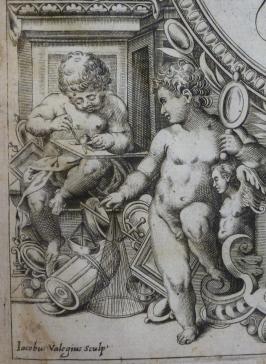Ocular anatomy in the sixteenth century has been relatively overlooked. Many well-known histories of visual theory neglect the role played by sixteenth-century anatomists in shaping theories of vision, perhaps because this century has often been seen as a mere prelude to Kepler’s new mathematical account of the retinal theory of vision. Furthermore, traditional sixteenth-century accounts in the history of medicine tend to neglect visual theory altogether. Recent work has given us a far better understanding of the purpose, scope, and place of anatomy in the sixteenth century, but these gains have yet to be fully applied to ocular dissection.
This Working Group project took a closer look at sixteenth-century ocular anatomy and its connection to the anatomy theater. Not surprisingly, Vesalius plays a major role in reshaping ocular anatomy, but his influence is complex: he neglects what previous anatomists have said about certain parts of the eye, much of which is quite accurate from a modern perspective, and he privileges Galen’s account over careful dissection. The eye is a small organ whose intricate components would have been difficult to see clearly in a crowded theatre, and so it is understandable that the man who built his reputation on his spectacular anatomical demonstrations would fail to investigate this body part rigorously. Afterwards, rather than build upon pre-Vesalian accounts, many anatomists, most notably Realdo Colombo, developed ocular anatomy explicitly contra Vesalius. Towards the end of the century we finally have clear historical evidence of careful ocular dissection being highlighted at the anatomy theatre. The most significant figure in this regard is Hieronymus Fabricius ab Aquapendente at Padua, who built the world’s first permanent anatomical theater there. He not only dissected eyes in front of a public audience, but he also integrated anatomy with natural philosophy and mathematical optics, and the resulting conception of vision and the eye was disseminated throughout Europe by his many international students.

